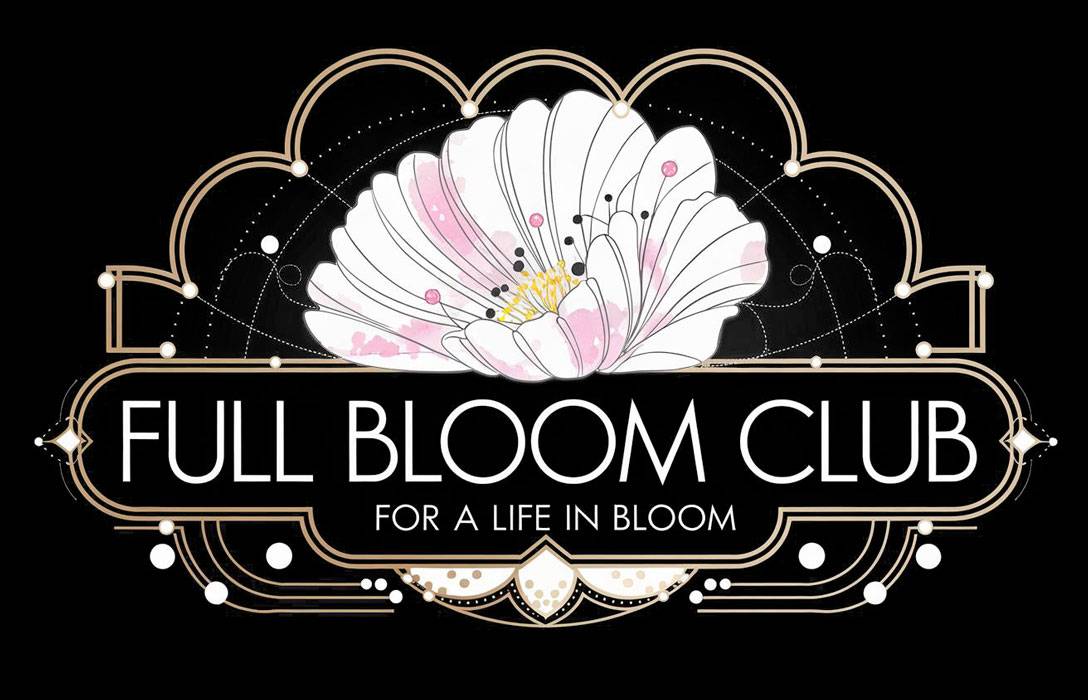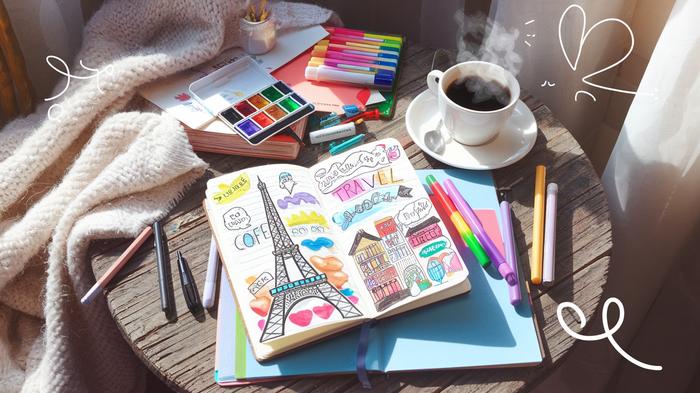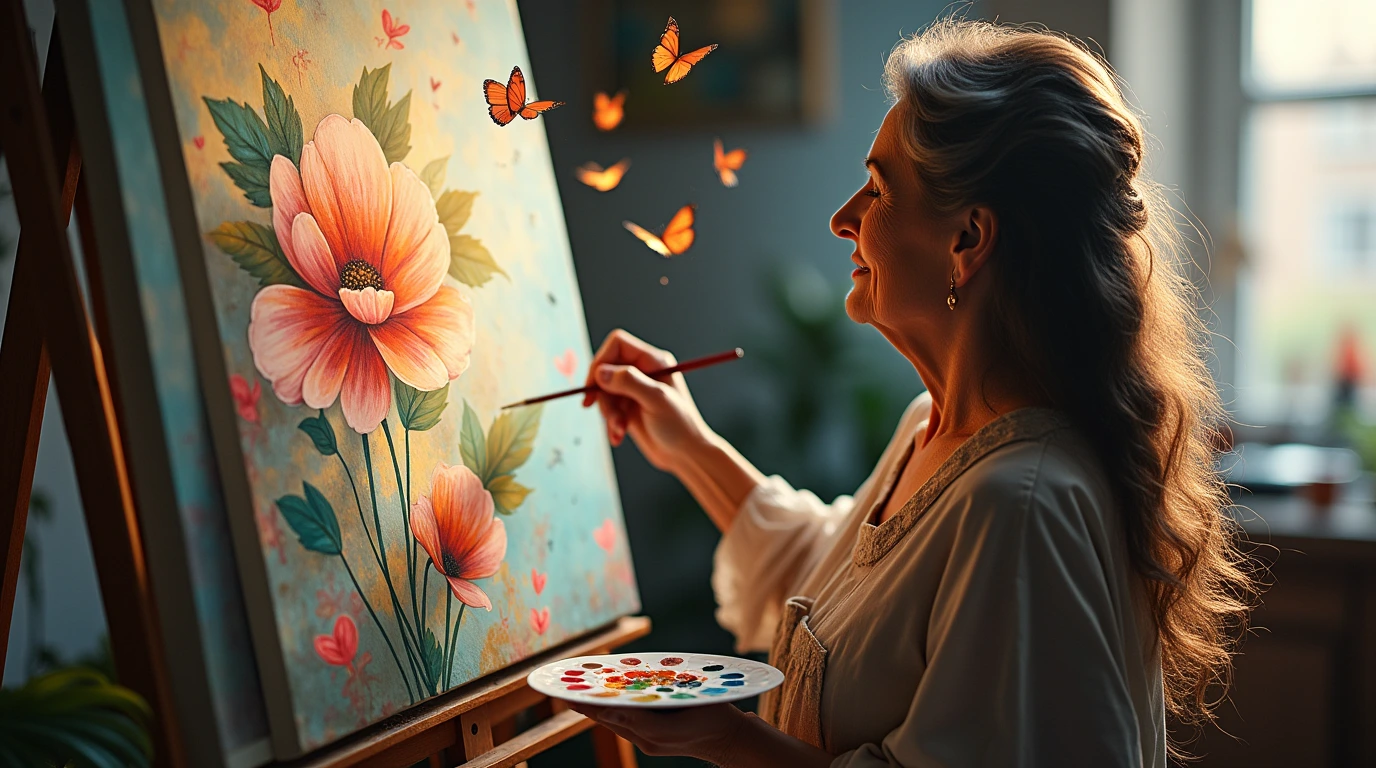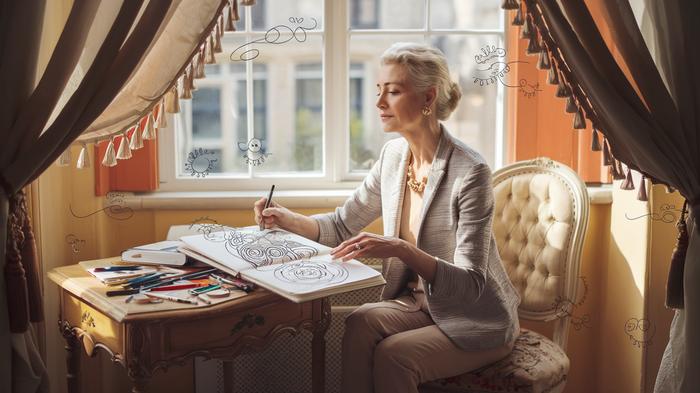Why Bad Drawings Make Great Therapy
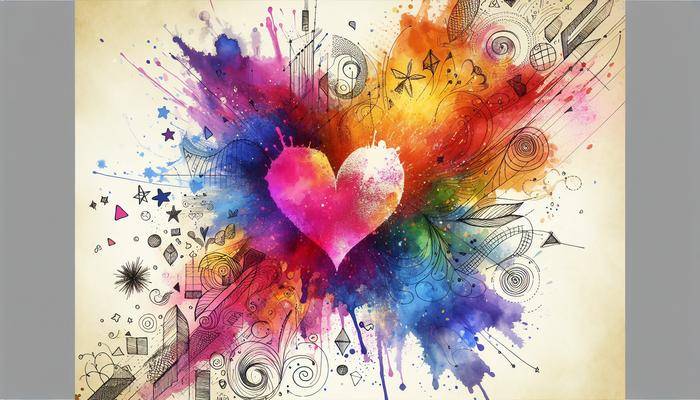
As I approached my 50th birthday, I found myself staring at a blank sketchpad, pencil in hand, wondering if it was too late to learn to draw. The fear of creating “bad art” had held me back for years, but little did I know that those first awkward sketches would become a powerful form of therapy and self-discovery. If you’re a woman eager to explore drawing, let me assure you – your artistic journey is just beginning, and those “bad drawings” might be exactly what you need.
The Unexpected Joys of Imperfect Art
Remember when we were kids, scribbling with abandon and proudly displaying our crayon masterpieces? Somewhere along the way, many of us lost that carefree creativity. But here’s the liberating truth: bad drawings can be incredibly therapeutic, especially as we navigate midlife and beyond.
As I tentatively put pencil to paper, I realized that the act of drawing – regardless of the outcome – was soothing my frazzled nerves after a long day. It turns out, there’s science behind this phenomenon. A 2016 study published in the journal Art Therapy found that just 45 minutes of creative activity significantly reduced stress hormones in participants, regardless of artistic experience or talent.
Embracing the Beginner’s Mind: A Fresh Perspective on Creativity
Learning to draw as an adult offers a unique opportunity to embrace what Zen Buddhists call “beginner’s mind” – an attitude of openness and lack of preconceptions. It’s a chance to approach creativity with fresh eyes, unburdened by the weight of expectations.
As I fumbled through my first attempts at still life drawings (let’s just say my apples looked more like misshapen potatoes), I found myself laughing at the results. That laughter was therapeutic in itself, a reminder not to take myself too seriously. It’s a lesson that extends far beyond the sketchpad.
The Surprising Benefits of “Bad” Art
Here are just a few ways that embracing imperfect drawings can enrich your life:
- Stress Relief: The rhythmic motion of pencil on paper can be deeply meditative.
- Cognitive Boost: Learning new skills like drawing keeps our brains sharp and adaptable.
- Emotional Expression: Art provides a safe outlet for processing complex feelings.
- Increased Mindfulness: Drawing forces us to truly observe the world around us.
Getting Started: Practical Tips for Aspiring Artists
Ready to dive in? Here are some beginner-friendly techniques to try:
1. Contour Drawing: Focus on outlining objects without looking at your paper. It’s all about observation!
2. Blind Contour: Similar to contour drawing, but don’t lift your pencil from the paper. Prepare for hilariously wonky results!
3. Five-Minute Sketches: Set a timer and quickly capture the essence of a subject. No time for perfectionism here!
4. Zen Doodle (we have a bestselling toolkit for that! Learn more HERE): Create structured patterns that build into beautiful abstract designs. It’s meditative and surprisingly addictive.
Remember, the goal isn’t perfection – it’s exploration and enjoyment. As the iconic painter Bob Ross said, “We don’t make mistakes, just happy little accidents.”
Surprising Facts: Art Through the Ages
Did you know that Grandma Moses, one of America’s most beloved folk artists, didn’t start painting until she was 78 years old? Her story is a powerful reminder that it’s never too late to explore your creativity.
Another fascinating tidbit: Ancient Greek philosopher Aristotle believed that art had cathartic properties, capable of purging negative emotions. Turns out, those Greeks were onto something!
Drawing as Mindfulness: A Path to Self-Care
In our fast-paced world, drawing offers a much-needed respite. It’s an opportunity to slow down, focus on the present moment, and connect with our inner selves. As you sketch, notice the texture of the paper, the sound of the pencil, the way light falls on your subject. This heightened awareness can carry over into other areas of life, fostering a greater sense of peace and presence.
FAQ: Common Questions About Learning to Draw
Q: I’m terrible at drawing. Can I really learn at my age?
A: Absolutely! Drawing is a skill that can be developed at any age. The key is practice and patience.
Q: How often should I practice drawing?
A: Consistency is more important than duration. Even 10-15 minutes a day can lead to significant improvement over time.
Q: What supplies do I need to get started?
A: Start simple! A sketchpad and a set of pencils are all you need to begin your artistic journey.
Q: How can I overcome the fear of creating “bad” art?
A: Remember that every artist starts somewhere. Focus on the process rather than the outcome, and celebrate your progress, no matter how small.

Embracing the Journey: Your Artistic Adventure Awaits
As I look back on my own artistic journey, I’m amazed at how those first tentative sketches blossomed into a fulfilling hobby that brings me joy and peace. Sure, I still create plenty of “bad” drawings, but I’ve learned to love them as part of the process.
So, my fellow mid-life creatives, I invite you to pick up that pencil and start your own artistic adventure. Your “bad” drawings might just lead to some of your best therapy yet. Who knows? You might discover a hidden talent, or at the very least, a new source of laughter and self-discovery. And if you are looking to make that process easy, fun and enjoyable you can check out our bestselling step-by-step adventure for becoming more creative joyful self – the Zen Doodle Mastery Toolkit. Learn more about it here.
Ready to take the plunge? Grab a sketchpad and start doodling. Your inner artist is waiting to emerge, wrinkles, wisdom, and all. After all, life’s too short not to make a beautiful mess.
What’s holding you back from exploring your creativity through drawing?


